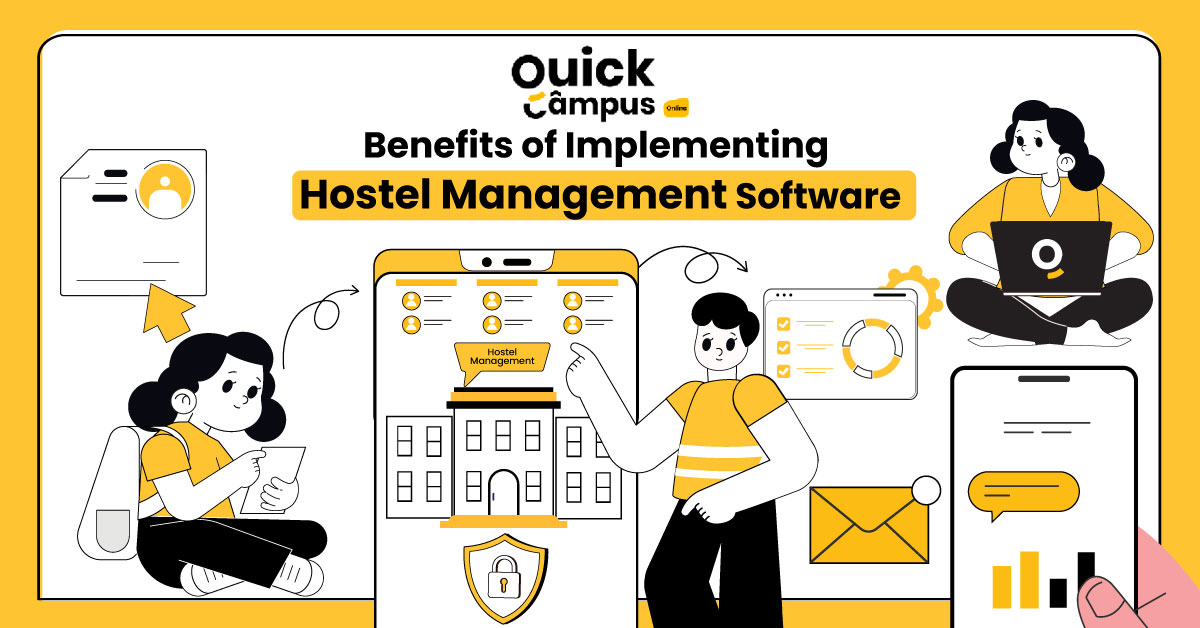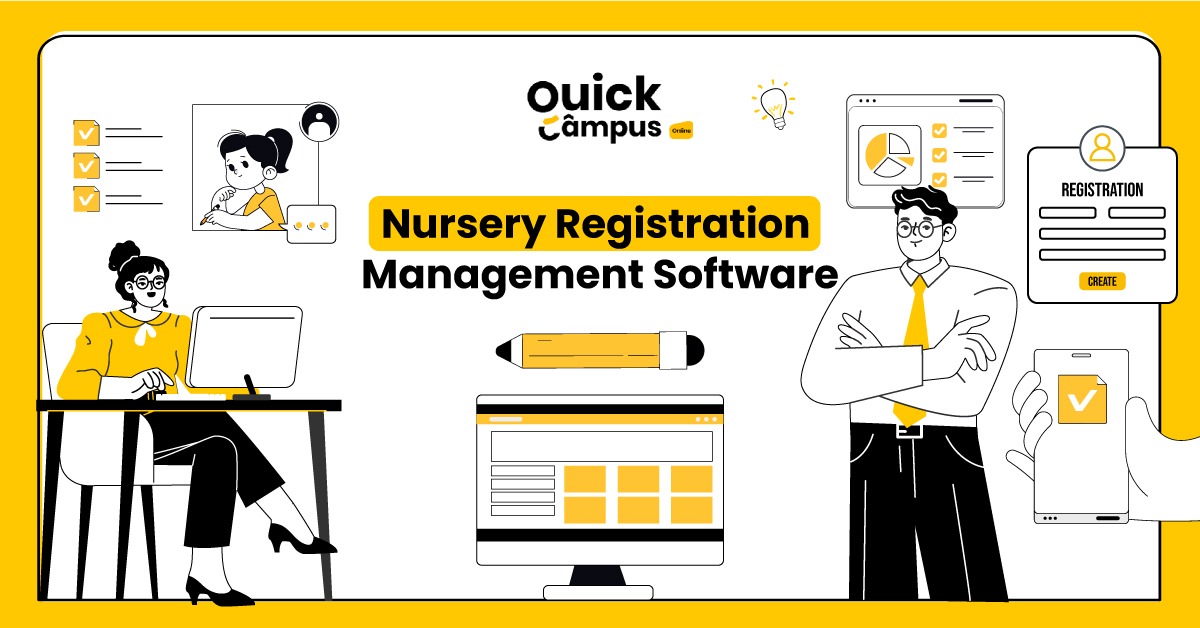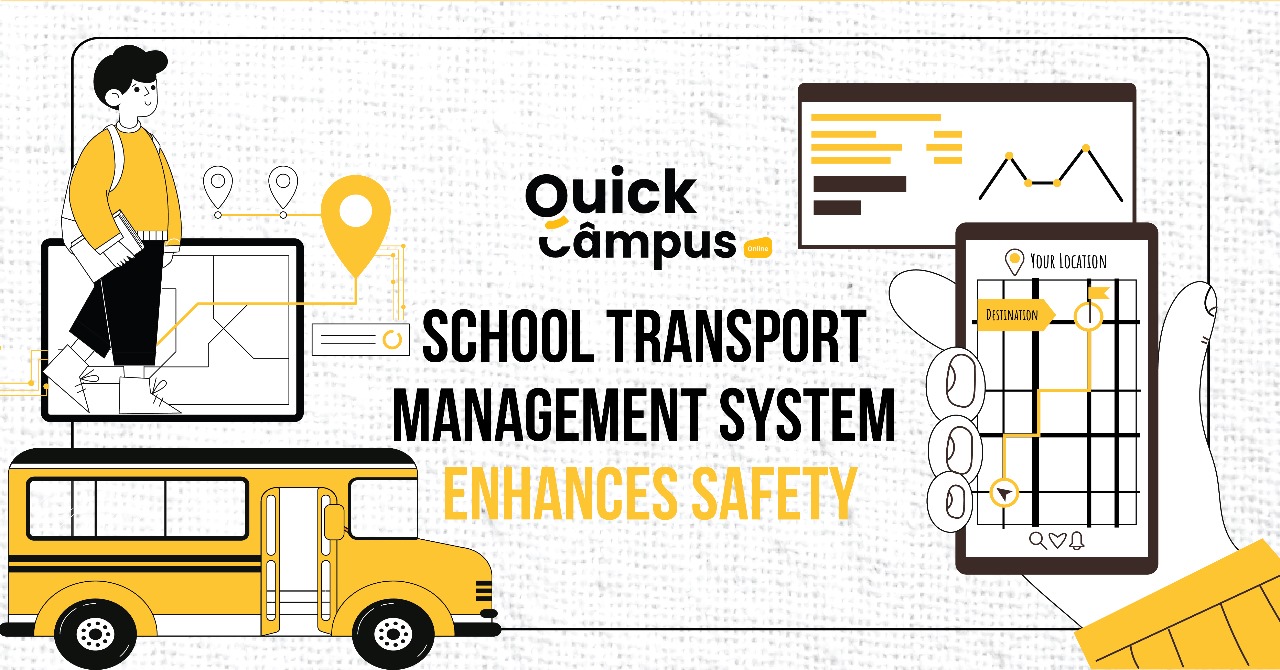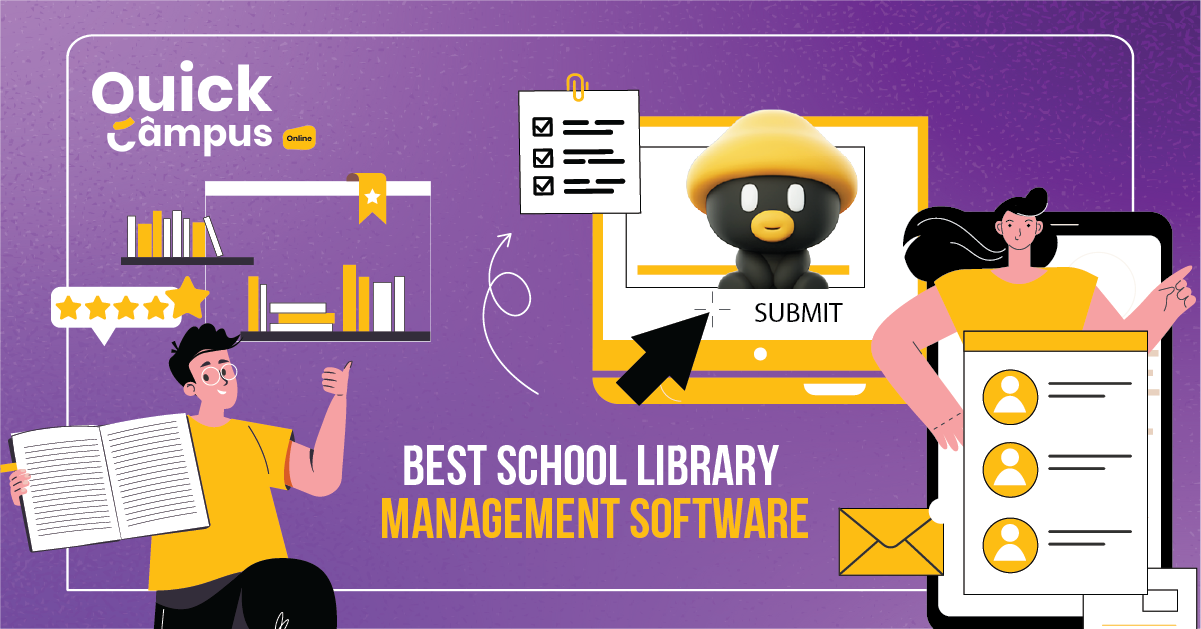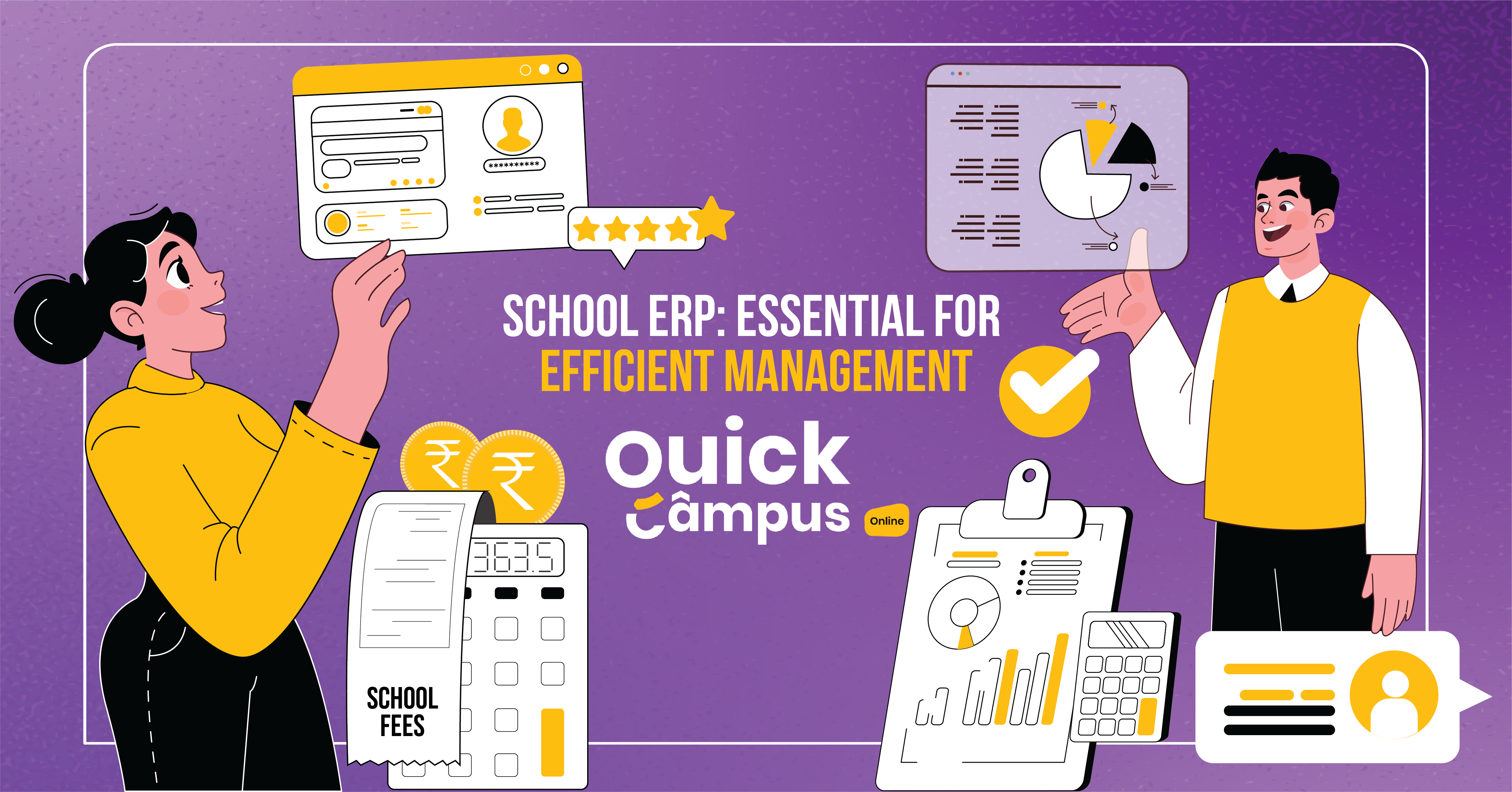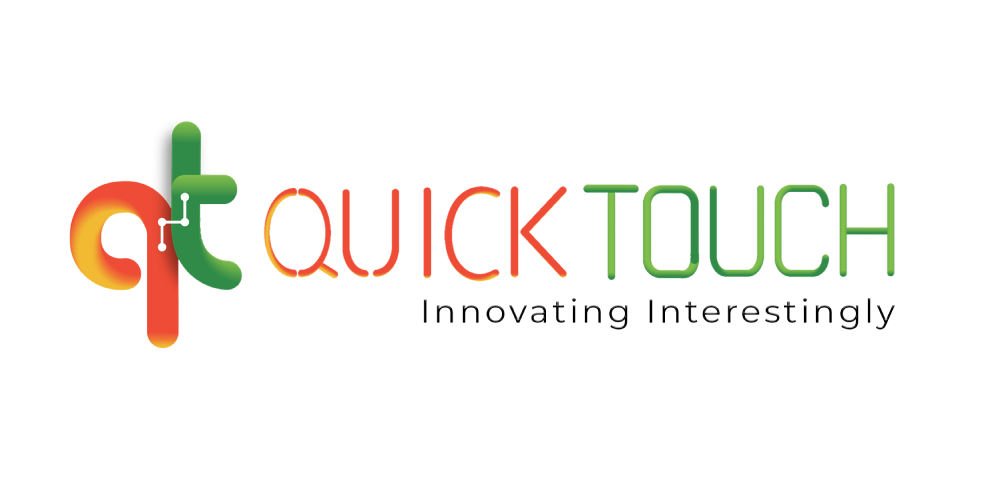Tools And Strategies For Effective Classroom Management
We’ve always been told that building a house requires the correct equipment and a strong foundation! Similar to other learning environments, the classroom needs efficient school management software to manage behavior and provide an ideal learning environment for all students. Classroom management strategies can assist in regulating behavior problems both within and outside of the classroom.
In this blog, we’ll examine various teacher classroom management strategies to help you create a positive learning environment for students!
How Does School Management Software Help?
School management systems have swept the education industry by its feet. It revolutionizes data management and more. Here’s how:
1. Centralized storage: It is risky to store mass data only in hardcopy. Today, you’re lucky to have digital solutions and school management system software. Managing centralized data simplifies your backlog work by umpteen times.
2. User-interactive dashboards: An overview of a student’s progress in the course is immensely helpful. It allows them to actively modify the current study plan and work on areas that require a little more guidance and smart work. The online school management system analyses the data for you, so you don’t have to.
3. Real-time updates: The school management ERP software allows students to pin important tests on the app calendar. This way, tests never catch them off-guard. Course-centric notifications of real-time updates help them stay on track.
Game-changing Tools for Classroom Management
Order, organization, and conduct hardly come by default. However, that doesn’t mean you can’t incorporate them into your teaching process. Follow this:
1. Brain Breaks
The Pomodoro Technique supports the concept of brain breaks. Research shows that these short bouts of productivity recharge the brain, making students less likely to feel burned out at the end of the day. Remember, just like you have a life outside of your teaching career, they do too. Slip-in light exercises or gamify education using LMS during breaks to use this classroom management tool for teachers.
2. Voice Level Chart
Yelling over the class noise has helped only a few before. Instead, opt for the tool for classroom management that asks you to tape a voice-level chart in plain sight. This aligns your pupils’ behavior with your current needs. Clearly define the voice modulation you need at the moment between “silent, indoor voice, whisper, and outdoor voice.”
3. Word Wall
Whatever level of students you may mentor, linguistic jargon is everywhere. A word wall is an effective classroom management tool for teachers. Within the classroom management tool, you can create an interactive word wall where students can contribute new words they learn, complete with definitions, sentences, and even visual aids. This makes concepts concrete in memory, allowing students to incorporate these words into assignments and classwork. Plus, it subtly redirects students from using foul language.
4. Reward Coupons
Pay for acts in acts. Simply put, this tool for classroom management earns them the right to choose an activity or preferred seating. It inspires pupils a sense to do better in class. This method strikes the middle ground between aesthetic stickers and unhealthy boast. You’re simply rewarding them with an activity coupon in return for kindness, timely submissions, or excellent conduct.
5. Class Jobs
One thing among kids is common: they look up to adults and want to be more like them. This includes taking up responsibilities they can handle. Use this tool for effective classroom management by assigning responsibilities. It could be as simple as line leading or watering the plants
Result-Yielding Classroom Management Strategies
Now that you’re familiar with the classroom management tools for teachers, tap into some strategies to direct your teaching on track.
1. Digital Learning
Digitized learning is a breakthrough in education. School management software Quick Campus allows students to learn at their own pace. It makes customized learning possible, easy, and convenient. The schools can tailor the curriculum and study plan to the individual’s needs. Most of all, it gives control to the students.
2. One-On-One Interactions
Online school management software best tackles this. Computerized systems instantly spot the concepts students have difficulty understanding. A series of objective-based evaluations helps you reach this conclusion. With these notes, you can formulate a better plan and help students overcome their doubts.
3. Parental Collaboration
Parents and teachers are integral parts of a student’s life. It is only natural for these three units to fall together for the pupil’s healthy development. Open communication, self-expression, and overcoming hurdles give them someone trustworthy to fall on. It is an effective classroom management strategy for new teachers, as the parents can bring them up to date one-on-one.
Where To Look?
Effective school management software is essential for fostering a happy and effective learning environment. Teachers who implement the advice and techniques covered in this blog may promote student learning and progress, create a strong classroom community, and cultivate healthy student-teacher connections.
Quick Campus will save you a lot of time since it includes the most successful classroom management tools. Features like multi-branch school management offer one-tap controls. With little to no effort on your end, you can practice customized learning with us. Reach out to us right away to take advantage of the latest offers!
How Can Technology Tools Help With Classroom Management?
Classroom management software, behavior tracking, response systems, micro-teaching, digital resources, and interactive whiteboards for engagement and monitoring.
What Are Some Techniques For Promoting Positive Behavior And Addressing Disruptive Behavior?
Positive reinforcement (praise, rewards, incentives), nonverbal cues, proximity control, logical consequences, strong relationships, and involving students in rules.
How Can Teachers Create An Inclusive And Culturally Responsive Classroom?
Diverse materials, celebrate diversity, open dialogue, culturally responsive teaching strategies, and connect lessons to students’ backgrounds.

